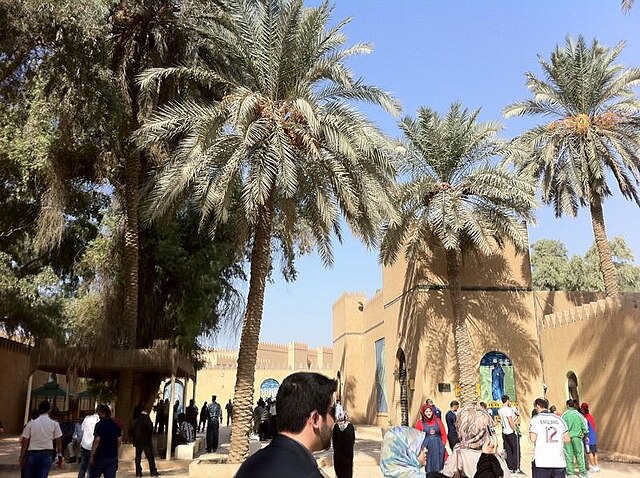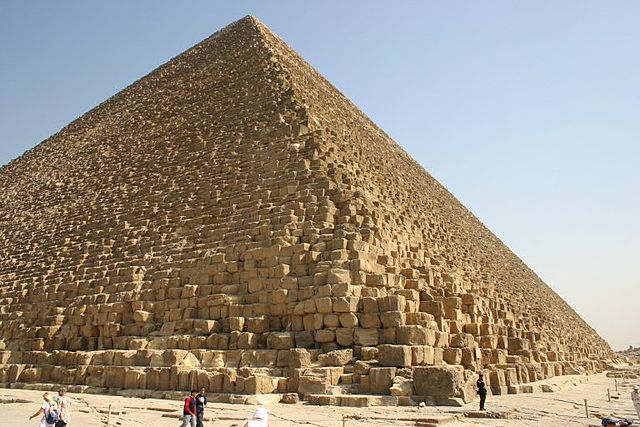Hanging Gardens of Babylon
The Hanging Gardens of Babylon were one of the Seven Wonders of the Ancient World listed by Hellenic culture. They were described as a remarkable feat of engineering with an ascending series of tiered gardens containing a wide variety of trees, shrubs, and vines, resembling a large green mountain constructed of mud bricks. It was said to have been built in the ancient city of Babylon, near present-day Hillah, Babil province, in Iraq. The Hanging Gardens' name is derived from the Greek word κρεμαστός, which has a broader meaning than the modern English word "hanging" and refers to trees being planted on a raised structure such as a terrace.
This hand-coloured engraving, probably made in the 19th century after the first excavations in the Assyrian capitals, depicts the fabled Hanging Gardens, with the Tower of Babel in the background.
Hanging gardens of Semiramis, by H. Waldeck
Date palms are a common tree species in Babylon.
The "Garden Party" relief depicting Ashurbanipal with his wife seated under a pergola of climbing grapevines with hanging grapes, also small birds, surrounded with fruiting date palms and pine trees. The head of a defeated king hangs between the 1st and 2nd figures at left. North Palace, Nineveh, c. 645 BC.
Seven Wonders of the Ancient World
The Seven Wonders of the Ancient World, also known as the Seven Wonders of the World or simply the Seven Wonders, is a list of seven notable structures present during classical antiquity. The first known list of seven wonders dates back to the 2nd–1st century BC.
The Great Pyramid of Giza, the only one of the Seven Wonders of the Ancient World still standing
In this painting by Maerten van Heemskerck, the Seven Wonders of the Ancient World are depicted as a background for the abduction of Helen by Paris. The Walters Art Museum






